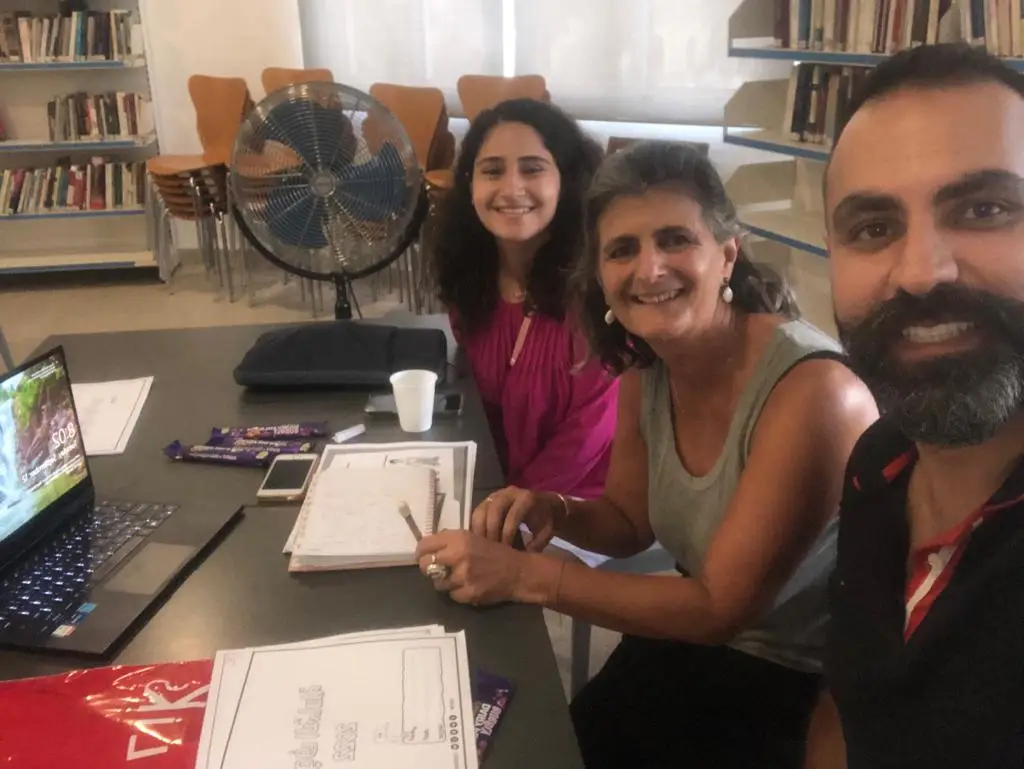🌟 As we embark on the journey of educating our heritage kids in Arabic, let’s delve into some insightful statistics that shed light on the pros and cons:
👍 Pros:
1️⃣ Preservation of Culture: Studies indicate that heritage language education plays a crucial role in preserving cultural identity. According to the U.S. Census Bureau, over 2.6 million children in the United States speak Arabic at home, emphasizing the significance of maintaining their cultural heritage through language education.
2️⃣ Bilingual Advantage: Research by the University of Washington’s Institute for Learning and Brain Sciences shows that bilingual children outperform monolingual peers in cognitive tasks. With approximately 310 million Arabic speakers worldwide (Ethnologue), learning Arabic provides heritage kids with a valuable cognitive advantage and enhances their academic performance.
3️⃣ Career Opportunities: The demand for Arabic language skills in the job market is on the rise. According to the British Council, Arabic is one of the ten most important languages for the UK’s future prosperity. In the United States, the Bureau of Labor Statistics reports a projected 19% growth in jobs for interpreters and translators by 2028, highlighting the increasing demand for Arabic language proficiency.
👎 Cons:
1️⃣ Challenges in Instruction: A survey conducted by the Center for Applied Linguistics found that limited access to qualified Arabic language teachers is a significant barrier to heritage language education. Additionally, only 26% of heritage language programs offer formal assessments to evaluate students’ language proficiency (Migration Policy Institute), posing challenges in gauging learning outcomes.
2️⃣ Time and Commitment: Learning Arabic is a time-intensive process that requires consistent practice and commitment. The Critical Language Scholarship Program reports that Arabic is classified as a Category IV language, indicating its complexity and the significant time investment needed to achieve proficiency.
3️⃣ Limited Social Context: The lack of Arabic-speaking communities and cultural immersion opportunities outside the home environment can hinder heritage kids’ language development. According to a report by the Migration Policy Institute, heritage language programs often struggle to provide authentic cultural experiences, limiting students’ exposure to real-world language usage.
🤔 While teaching Arabic to heritage kids presents challenges, the benefits are undeniable. By addressing these challenges through innovative teaching methods, community engagement, and collaboration, we can empower our heritage kids to embrace their linguistic and cultural heritage with confidence and pride. Together, let’s nurture the next generation of Arabic speakers and cultural ambassadors! 💬✨




